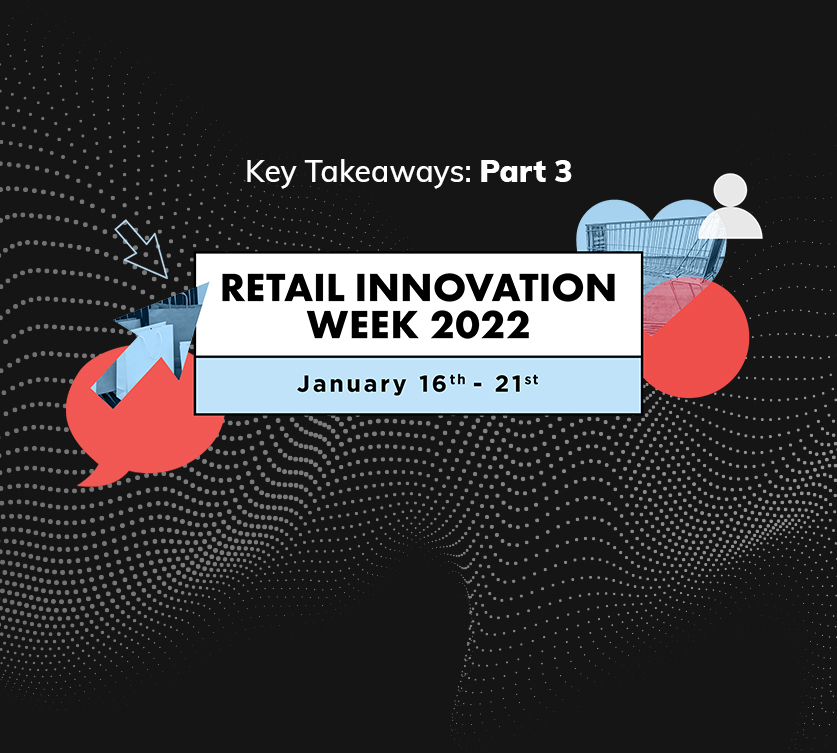Within the past two years there has been a significant shift in how consumers interact with brands digitally. Consumers are being flooded with ways to engage with brands, whether it's through explore pages on social platforms, brand representation through influencers or through a brand's digital storefront. eCommerces are recognizing that most of the engagement their brand is receiving stems from consumers using mobile devices. Due to this finding, ecommerces are increasing their social spends.
According to experts on the Retail Innovation Week panel, there are multiple trends by which eCommers are growing their digital presence within the marketplace.
A few of the trends mentioned were:
- Influencer Storefronts
- Content-Enable Purchases
- Shared Shopping Moments
- Immersive Commerce
Platforms are now allowing influencers to curate personal storefronts that include products from across brands. Viewers can then shop through the influencer's affiliate links. Platforms are also working with retailers to connect them directly with influencers who can then speak about the brand to their social followings. As mentioned during the Retail Innovation Week panel, a great example of this is Apprl. This is Klarna’s influencer management platform that recommends contract creators to a brand that partners with the creator to drive traffic to the brand’s site.
Brands are also moving beyond using content as a discovery tool for consumers; they are now looking at content as a source to drive convenient sales. Brands are capitalizing on the idea by working with influencers to produce live content where viewers have the ability to interact with the influencer, all while completing a transaction for the item the influencer is recommending.
Retailers are recognizing that an in-store experience is still important to consumers but are delivering this concept digitally. For example, the brand Charlotte Tilbury launched its VR online store that allows up to four consumers to join a video chat and “shop with friends.” This is a great example of retailers providing the personal experience consumers crave while they remain in the comfort of their own homes.
Image: Charlotte Tilbury
The same idea of providing consumers with a virtual experience within a brand has led retailers to immersive commerce. Through the use of shoppable ads within these virtual settings retailers are providing consumers with opportunities for convenient purchases while never leaving the virtual landscape. This trend allows retailers to move away from scannable ads and focus more on experience-based opportunities with shoppable ads built into the experience.
It’s clear that digital marketing is here to stay and will evolve as consumers' expectations continue to grow. With that said, a strong, cohesive brand presence online and off still seems to be important to brands as well as consumers. Brands will need to continue to think about connecting the digital and in-person experience. The idea of consistency was discussed by the panel and as was how this creates loyalty from consumers which then drives engagement. When a brand stays consistent with their online and offline experience, consumers tend to keep coming back as long as the experience was positive. There are so many opportunities for brands to connect with consumers now and in the future.

